How did Beethoven die? What hereditary diseases did he carry and why did a woman's locks suddenly appear? Beethoven's hair reveals a lot, but by no means everything.
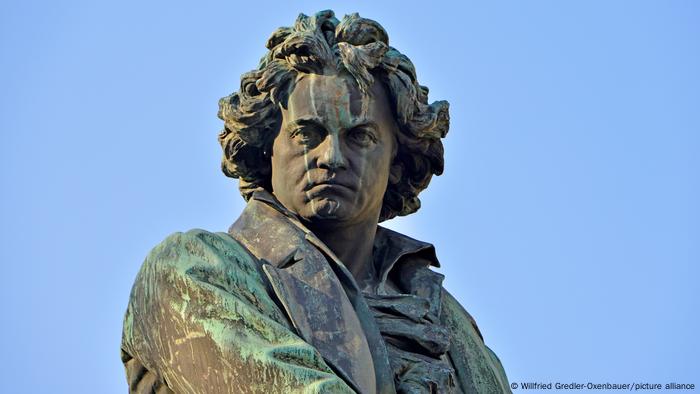
Ludwig van Beethoven, musically a genius, in company a curmudgeon. When the composer wrote his famous Ninth Symphony, he was already deaf. Many illnesses had tormented him, so after his death he bequeathed his body to medicine in writing, in order to fathom his ailments for posterity.
An international team of researchers took on the matter in 2014 and has now published new findings through DNA analyzes of Beethoven's hair. The media gratefully picked up the topic, after all Ludwig van Beethoven is the world's most famous classical composer alongside Johann Sebastian Bach.
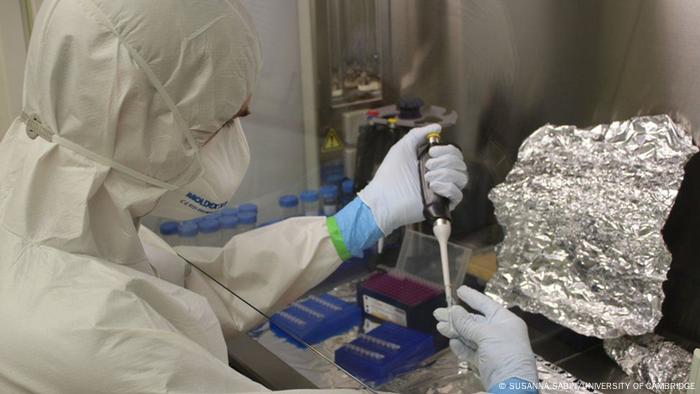
Aseptic DNA testing at the University of Cambridge
One of the results: Beethoven was infected with the liver disease hepatitis B. The press said that the secret of his death had been revealed and that Beethoven might not be genetically a Beethoven at all. In short: the findings would turn Beethoven's biography upside down. But even if the results are amazing: The researchers don't want to go that far.
Where does all the hair come from?
Christine Siegert, head of the Beethoven Archive in Bonn, worked with a colleague to provide the research team with the historical background. The story of Beethoven's locks of hair, which provided the DNA, played an important role. There are still 32 known copies of them worldwide. “The culture of remembrance was very different in the 19th century than it is today, where everyone can take selfies,” explains the musicologist in an interview with DW. “Back then people liked to give away locks of hair as a gift of friendship”.
The researchers had eight such locks available, five of which showed a matching DNA. The Beethoven-Haus Bonn contributed one of the strands of hair. Ludwig van Beethoven was born in Bonn in 1770. The house where he was born is now a museum, archive and research facility. Interest in his person has continued unabated since his death in 1827 to this day. Christine Siegert was also excited about the results.
Beethoven's coveted curls
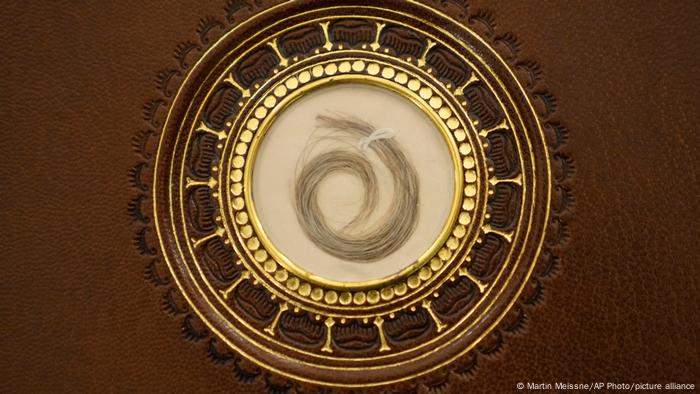
Nobly packaged as a gift: the so-called “Müller-Streicher lock” from the Beethoven House in Bonn
“Our lock has a good provenance and it is very likely that it is authentic,” says Siegert. In 1820, while he was still alive, Beethoven gave the lock to his friend, the Streicher family of piano builders.
When Beethoven was laid out in an open coffin after his death, many of the master's admirers cut off a lock of his hair. Unfortunately, the son of Beethoven's close childhood friend Stephan von Breuning went away empty-handed. “When Gerhard von Breuning got there, according to Beethoven, all his hair had already been cut off. He had no more hair on his head. So many people were interested in the locks of hair.”

Christine Siegert is currently working on the complete edition of Beethoven's works in the Bonn Beethoven Archive
This is precisely why you can never be 100 percent sure that the hair is genuine, says Siegert. After all, after Beethoven's death there was a lively trade, also with alleged Beethoven hair. “Historical research is always only an approximation,” says the musicologist.
One of the eight locks examined, the famous “Hiller lock”, which for a long time was firmly believed to be from Beethoven, turned out to be women's hair according to the latest DNA analysis, to the surprise of the researchers. In 2007, a high level of lead was found in said curl and it was wrongly assumed that Beethoven had died of syphilis. A disease that was then treated with medicine containing lead.
Why Beethoven's DNA is so interesting
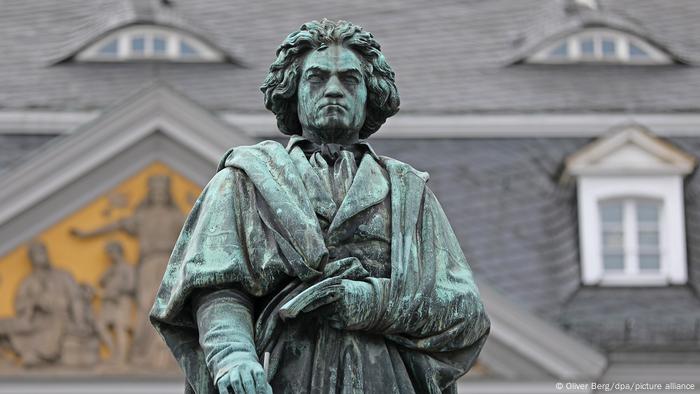
The Beethoven monument in Bonn
In contrast, hepatitis B was detected in the new analyses, which also looked for pathogens. Beethoven had repeatedly complained about Bach pains and his DNA shows that he was susceptible to liver diseases. However, it cannot be proven whether Beethoven ultimately died of his hepatitis.
There are various reasons why people are now concerned with Beethoven's hair and his DNA. The idea for the research project came from Tristan Bregg, who had worked for the Beethoven Center in La Jolla, California. Three of the hair samples examined came from there, but only one of those five showed similarities in the DNA.
As a master's student, Bregg was able to win over the archaeogeneticist Johannes Krause for his idea. Krause specializes in analyzing historical DNA at the Max Planck Institute for Evolutionary Anthropology. At Clare Hall University in Cambridge, Bregg then did a doctorate in archeology and researched Beethoven's DNA. It took eight years before the results of the international research team could be published in the scientific journal “Current Biology”.
33 international researchers were involved

Johannes Krause from the Max Planck Institute deciphers historical genes
“We had to bring in cooperation partners with different expertise,” explains Johannes Krause to DW. For example, a medical geneticist from the University of Bonn, who is familiar with complex diseases. “Then we brought in geneologists (genealogists, editor's note) from Belgium who dealt with Beethoven's family tree in order to identify possible relatives.”
They unearthed another surprise. In comparison with the DNA of the “Beethovens” living in Belgium today, it was found that although they were related to each other, no DNA from the composer could be found. “We were surprised by this family secret, which shows that Beethoven was not genetically descended from the Flemish Beethoven line, but we do not know which generation is responsible for this,” explains Tristan Begg in his own YouTube video.
The decoding of Beethoven's DNA

Aseptic DNA research at the University of Cambridge
< p>What ultimately advanced the research were the high-quality machines that were able to decode Beethoven's genome, i.e. the blueprint for the human being that is in every cell. “15 years ago, the sequencing machines decoded around 100 to 200 DNA sequences per day and today we have machines that can decode 20 billion sequences per day,” says Johannes Krause.
Old bones usually serve as the basis for analysis, but this was not possible with Beethoven. “One could have exhumed Beethoven in order to carry out such a genetic analysis with his bones,” says Krause. “We asked the Central Cemetery in Vienna, but they decided against supporting the project.”
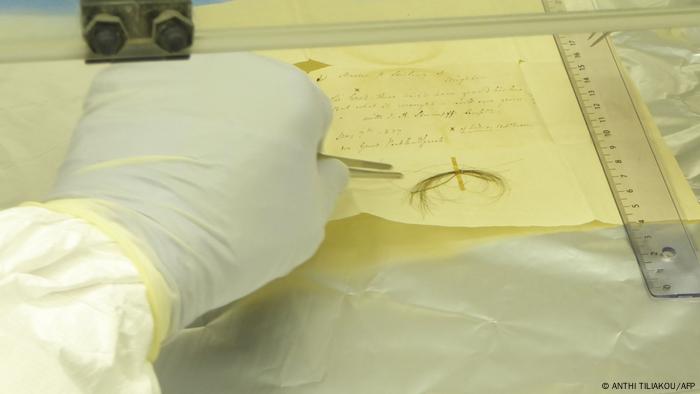
The so-called blunt curl was the researchers' first choice
In order to decode Beethoven's genome, the researchers needed a large amount of hair. Luckily, Australian Kevin Brown had a suitable curl, the so-called “blunt curl”. “The lock was an option because it had a relatively large amount of hair and the owner of this lock said that he would gladly sacrifice the hair for research,” says Krause. In order to get to the DNA, the hair had to be dissolved and no longer exists.
What happens to the research results?
The archives in the Beethoven Museum were able to keep part of his curls and continue to keep them under lock and key. Christine Siegert from the Bonn Beethoven Archive doubts whether the Beethoven biographies would have to be rewritten based on the latest findings. “This will be included in future publications. And it's also interesting for medical historians,” she says. But nothing can be proven, because the five matching hair samples could hypothetically not be from Beethoven. “If at some point you find out what it was like to be a father, then we'll let that flow into our biographical writings.” After all, the question of illnesses, which play a role in all biographies, can now be presented in a more differentiated and precise manner . The results would certainly still be the subject of lively discussion.
For Johannes Krause, however, the project is now complete. There would be no shortage of hair. Since the publication of the results, the archaeogeneticist has already been offered three more alleged hair samples from Beethoven for research purposes.